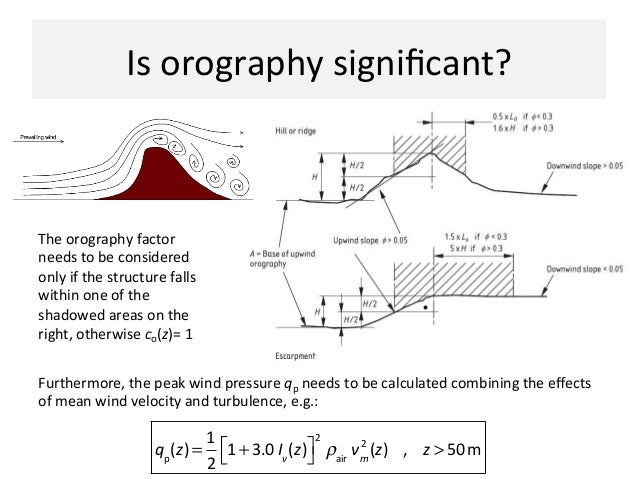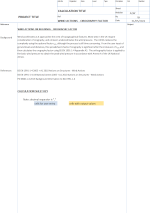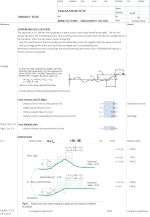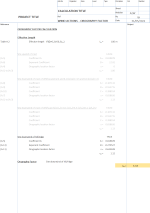Orography Factor to BS EN 1991-1-4 and UKNA

Description
Calculation of Orography Factor to BS EN 1991-1-4 Appendix A.3 and UK National Annex. Many sites in the UK have at least one wind direction where the wind velocity accelerates towards a crest. The time consuming and complex calculation for orography is often overlooked and the resulting peak wind pressure underestimated. From user input of basic terrain and site information, this calculation determines if orography is significant using Table NA.2 from the UK NA, and if so the values of orographic location and orography factor. A passing acquaintance with BS1991-1-4 is assumed, and if the term orography is foreign, this spreadsheet is probably not for you. It is not intended to be used outside the UK, although providing it is does not contradict a National Annex, it will provide the c0(z) factor in accordance with A.3 of the Eurocode.
The orography factor (Co) accounts for the effect of local topographic features on wind speed in the Eurocode BS EN 1991-1-4. It is used to adjust the basic wind velocity to account for the increased wind speeds that may occur due to changes in terrain, such as hills or escarpments. Appendix A.3 of BS EN 1991-1-4 provides guidelines for calculating the orography factor (Co).
To calculate the orography factor using Appendix A.3 of BS EN 1991-1-4, follow these steps:
-
Determine the terrain elevation profile: First, obtain a detailed terrain elevation profile for the area surrounding the site under consideration. This profile should include elevation data for a minimum distance of 10 times the height of the hill or escarpment, both upstream and downstream of the site.
-
Calculate the slope parameter (S): The slope parameter (S) is a dimensionless value that characterizes the steepness of the terrain. Calculate S using the following equation:
S = (H2 - H1) / L
where H1 and H2 are the heights of the lower and higher ground levels, respectively, and L is the horizontal distance between the points where H1 and H2 are measured.
- Determine the effective slope (Seff): To account for the combined effect of multiple slopes in the area, calculate the effective slope (Seff) using the equation:
Seff = ?(Si × Li) / ?Li
where Si is the slope parameter for the i-th slope, and Li is the horizontal length of the i-th slope.
- Calculate the orography factor (Co): Finally, calculate the orography factor (Co) using the following equation:
Co = 1 + 2 * k1 * Seff
where k1 is an orography factor that depends on the return period of the basic wind velocity (Vb) and the turbulence intensity (Iv). You can find the values of k1 in Table A.5 of BS EN 1991-1-4.
In summary, calculating the orography factor (Co) using Appendix A.3 of BS EN 1991-1-4 involves determining the terrain elevation profile, calculating the slope parameter, determining the effective slope, and calculating the orography factor using the given equations. By accurately accounting for the orography factor in your wind load calculations, you can ensure that your structure is designed to withstand the increased wind speeds that may occur due to changes in terrain.
Calculation Preview
Full download access to any calculation is available to users with a paid or awarded subscription (XLC Pro).
Subscriptions are free to contributors to the site, alternatively they can be purchased.
Click here for information on subscriptions.




